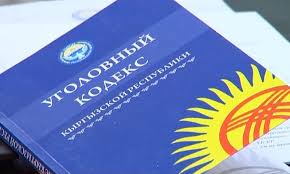Min-Kush — The Kyrgyz Time Capsule
Although Min-Kush is only about 100 miles from Bishkek, as the crow flies, the mountains make us travel 250 miles. We reached a scenic viewpoint along the road, and I stopped to take a picture. I exited the truck and approached a horse with dramatic snow-capped mountains peeking through the clouds. A man came and invited us to ride his horse around his farm. This is his farm, his 75 sheep, and his horse. The horse and I galloped around the farm, chatted with the farmer, and got back on the road. This was my first time on horseback after a year and a half in Central Asia. Min-Kush, once a prosperous town nestled in the Kyrgyz mountains known for its bustling uranium mining industry, has hit the end of the road literally and figuratively. Coming down the A367 highway, a nondescript road sign says “Min-Kush” with an arrow pointing left. We turned, and the road seamlessly transformed from pavement to dirt. It is the last and only settlement on this road off of the highway. The only other vehicles we pass are semi-trucks carrying tons of coal destined for Kyrgyzstan and China. [caption id="attachment_25324" align="aligncenter" width="1200"] @TCA H.Kuvin[/caption] The city peaked at around 20,000 in the 1980s, but today’s number hovers around 3,500. Established in 1955, the apartments and houses are built in the Stalinist architectural style. The vibrant blue paint that once covered the wooden panels is faded, and sections of the buildings are caved in, but people still live here. The contrast in one building is stark. On the top floor, there are broken windows and unhinged shutters. On the bottom floor, there are new window frames and flowers on the windowsill. The blossoming life on the windowsill is far from what it once was. We stopped and chatted with some locals and asked about their lives. “When Moscow supported us, we had everything: stores, schools, factories, and a hospital. Now…nothing, but we cannot dwell on things. Life is better now than it was after the fall of the USSR.” The man asks for a cigarette and a light; my French friend complies with his request. The main draw of Min-Kush for me is an abandoned felt pen factory. I’ve seen pictures online of some incredible Soviet banners that serve as a time capsule in the mountains. We asked if anyone knew where to find it, and a man told us it was torn down and replaced by a soccer field. As night set in, we looked for a guesthouse of sorts. I had read online that there is one, but there are no signs or information about it anywhere. We stop by a man fixing his Soviet Chaika car on the side of the road. He tells us the hotel is right up the road. We drive to an unlit building where two men are fixing another truck. We chatted, and he made a phone call. Ten minutes later, a lady shows up, unlocks the...

